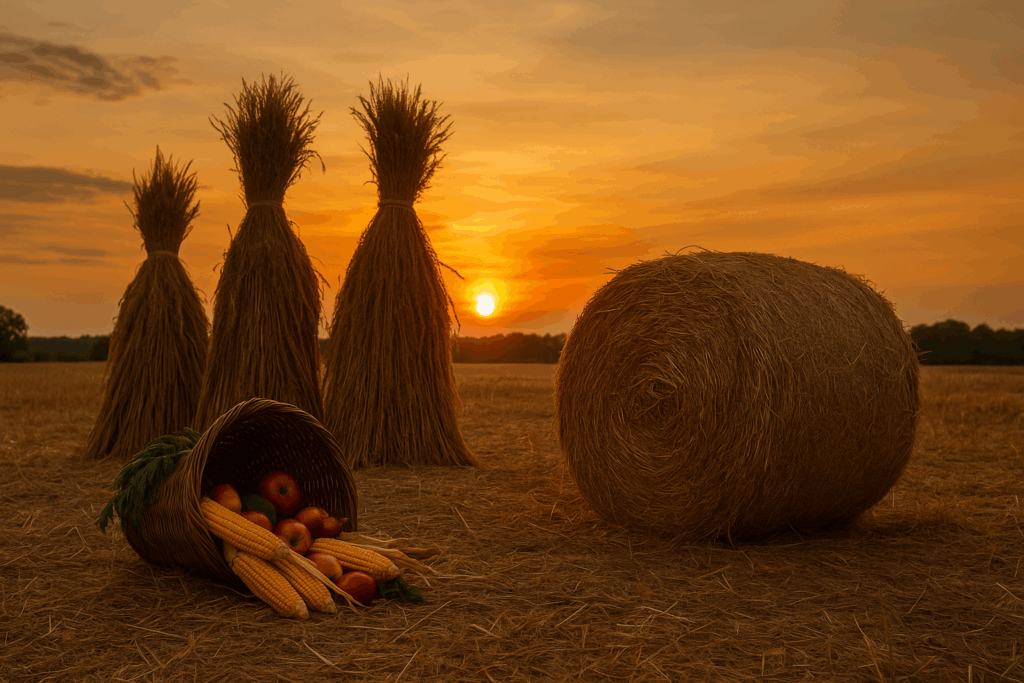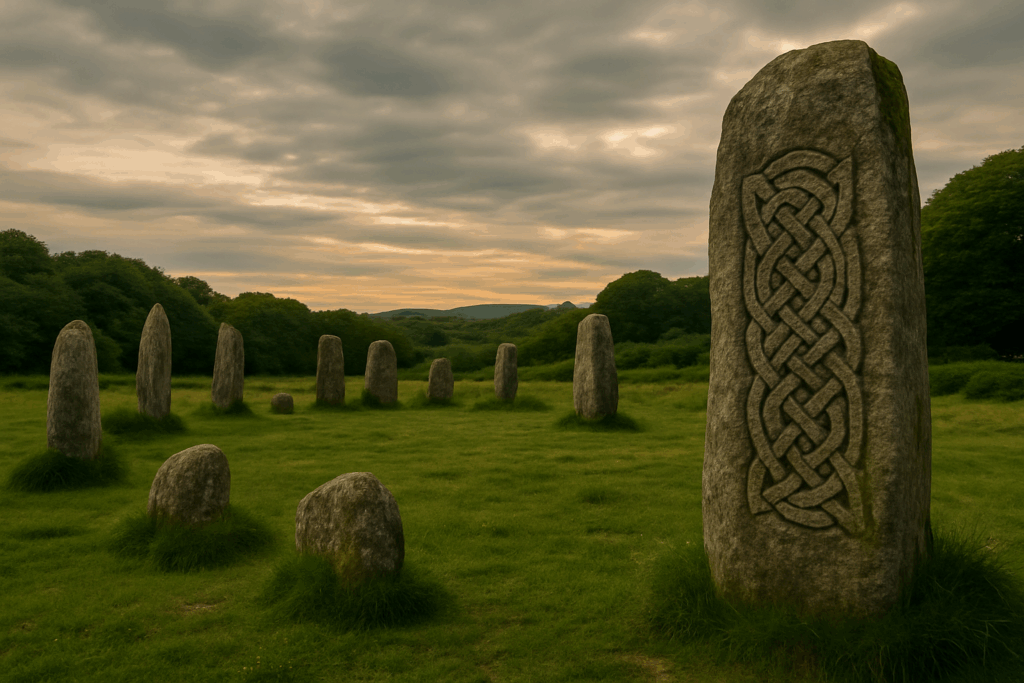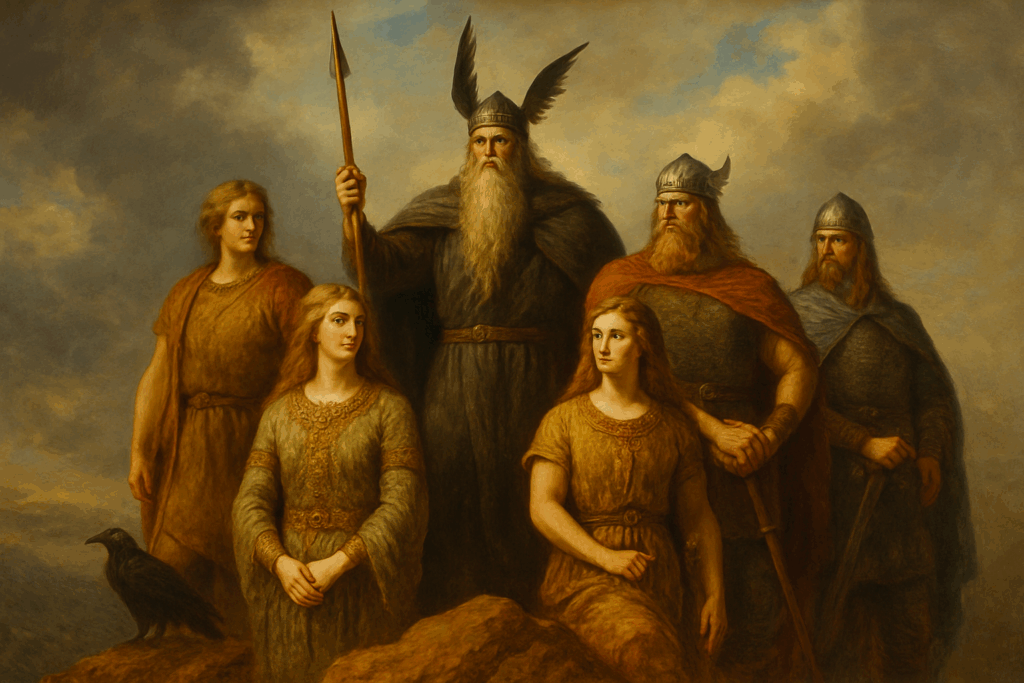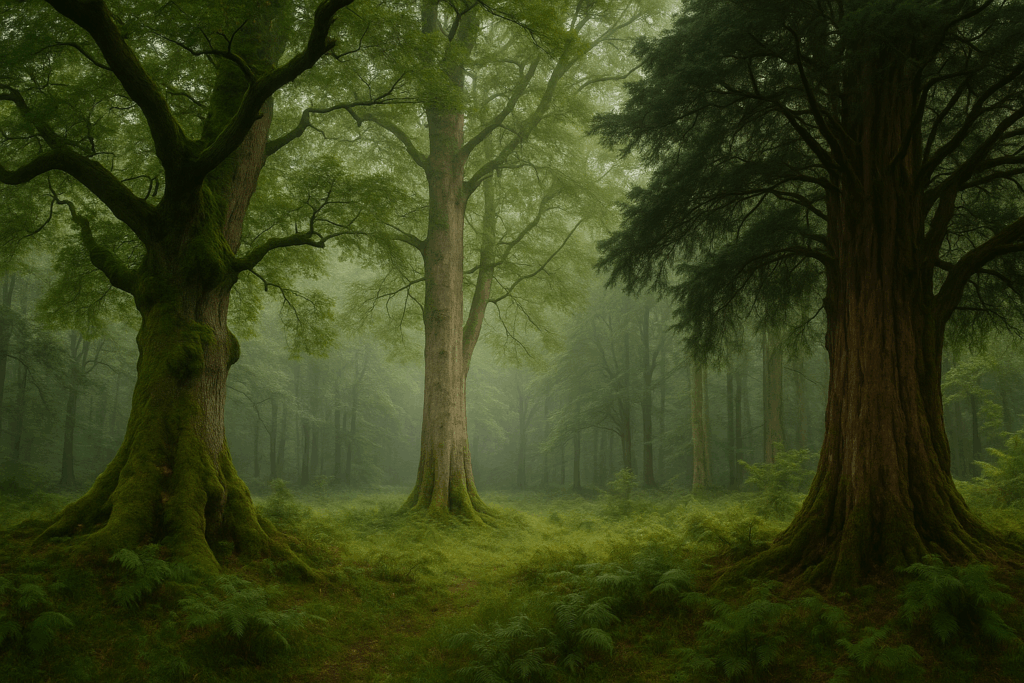🌑 November 11 – Whispering to the Shadows
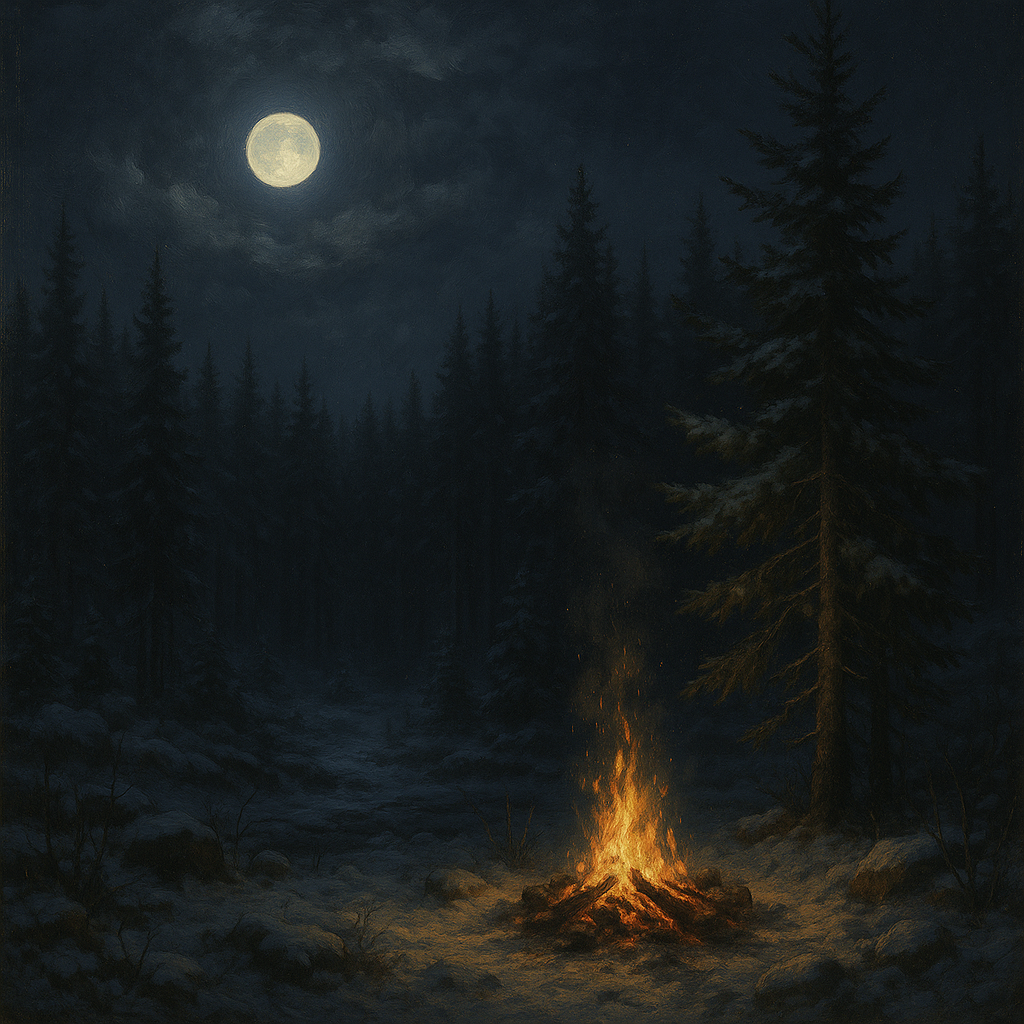
How to respectfully commune with spirit presences at dusk.
The sun sinks low, and the last light of the day stretches long and thin across the quiet fields. It is the hour between worlds — dusk — when the shadows begin to move with their own slow breath, when shapes blur and the air seems to listen. November 11 is the day of Whispering to the Shadows, a time to honor the unseen presences that dwell in the twilight, to commune gently with the spirits who linger in peace and patience. This is not a night of summoning, nor of seeking power. It is a night of reverence, of listening, of speaking softly to the hidden world that coexists with our own.
As autumn deepens and the veil between realms remains thin, the world of spirits becomes palpable, not as fright or fancy, but as presence — subtle, familiar, waiting to be acknowledged. The shadows at dusk are not simply the absence of light; they are thresholds, places where the tangible and the ethereal intertwine. In these moments, when day and night share a breath, it is possible to sense the whisper of those who dwell in the spaces between — ancestors, guardian spirits, elemental beings, and memories still echoing in the world’s quiet corners. To whisper to them is not to command, but to honor — to affirm that we recognize the invisible threads woven through the tapestry of existence.
In many old traditions, dusk was a sacred time of balance. The Celts called it an mios dorcha, the darkening hour, when both the living and the dead could walk the same path. It was customary to speak softly to the air as one lit the evening hearth, offering a simple greeting to the spirits who kept watch over the home. “Be welcome, gentle ones. Be at peace.” Such words were thought to maintain harmony, ensuring that the boundary between worlds remained respected but kind. This practice did not arise from fear but from kinship — an understanding that the seen and unseen realms were parts of the same whole, sharing breath, memory, and purpose.
To whisper to the shadows today is to continue this ancient dialogue, one rooted in humility and gratitude. As dusk descends, prepare your space with intention. Dim the lights, extinguish the noise of the modern world, and light a single candle — not bright, but steady, casting a soft circle of gold upon the gathering dark. This flame is your heart made visible. Sit quietly within its glow and let your gaze soften. Notice how the shadows move, how the light trembles gently on walls and objects. Allow yourself to feel rather than to see. The air will seem to shift, subtle but undeniable. You are entering communion.
If you wish to speak, let your voice be low, your tone tender. The spirits of this season are not distant or monstrous; they are quiet, reflective, often gentle. You may speak aloud words of gratitude, or even a simple greeting: “I honor those who came before. I honor the unseen that surrounds me. May all be at peace.” The act of speaking to the shadows acknowledges their presence and affirms your respect. It transforms fear into relationship. The unseen world does not demand ritual grandeur — it asks for sincerity. Even silence, held with awareness, becomes a form of speech.
The key to respectful communion is consent — mutual openness, not intrusion. Never summon or command. Instead, invite gently. Say, “If any spirit of peace or wisdom wishes to share this moment, I am listening.” Then fall quiet. Listen with your whole body — your breath, your heartbeat, the hairs on your arms. The reply may come as a shift in air pressure, a subtle scent, a flicker in the candlelight, a sudden image or memory. Do not cling to it or seek proof; simply acknowledge it and let it pass. Communion with spirit is less about information than about resonance — the shared awareness that connection exists.
In Celtic folklore, the shadows themselves were seen as spirits — not ghosts of individuals, but echoes of energy, the living breath of the world’s memory. Every tree, stone, and river had its spiorad, its spirit, which became more active at dusk. To whisper to these presences is to reaffirm our relationship with the land. You may go outside and stand quietly beneath a tree, letting the wind move through its branches. Speak softly to it, offering thanks for its shelter through the seasons. Or kneel at the edge of a stream and let the water carry your words away: “I remember you. I honor this place.” The earth responds to reverence as surely as it responds to rain.
For those who sense or have always felt attuned to spirit presences, this is a night of deep gentleness. You do not need to fear what you feel. The shadow world mirrors your own energy; when you approach with peace, peace answers. The flickering of a candle, the rustle in an empty room, the sense of being watched — these can all be the language of spirit seeking acknowledgment, not intrusion. A simple bow of the head, a whispered blessing, or a heartfelt thank you brings harmony. In this way, the relationship between realms becomes one of mutual grace rather than unease.
Spiritually, Whispering to the Shadows represents the inner practice of listening to the unseen within ourselves. The shadows are not only external; they dwell within the psyche, containing forgotten dreams, emotions, and aspects of identity we have exiled. To whisper to the shadows is to make peace with the self — to approach the inner darkness with compassion, to say, “I see you. You belong.” This act of inner communion mirrors the outer ritual. The same way we light a candle to comfort wandering spirits, we can light one within our own hearts for the parts of us that wander in confusion or pain. The boundaries between self and spirit dissolve; both are restored to harmony through love.
In the language of the season, dusk is initiation. It is not the end of day, nor the full depth of night, but the moment of transformation between. To honor it is to accept the constant flux of existence. When you whisper to the shadows, you are participating in that transformation, becoming bridge and witness to both worlds. You remind the unseen that they are remembered, and you remind yourself that you are never truly alone.
When your communion feels complete, offer closure. Whisper once more, “May all who hear be blessed and at peace. Go in light, go in rest.” Blow gently upon your candle, letting the smoke curl upward like your final word carried to the unseen. Open your window or door briefly to allow the air to shift — this gesture symbolizes release, the return of balance between worlds. The silence that follows is sacred. It is the breath between your words and the world’s reply. Sit within it, and let gratitude bloom.
By morning, the sense of presence may linger faintly, not as unease, but as comfort — like the echo of a dream fading into dawn. You have spoken with the shadows, and they have listened. They carry your kindness with them, just as you carry their calm within you. The veil closes a little more each day now, but the relationship remains. You have learned that to whisper into the dark is not to lose yourself, but to find your place within a greater wholeness — one that includes both the living and the beyond.
The Whispering to the Shadows teaches that reverence, not fear, opens the way to peace. The unseen is never far away; it exists in the corner of the eye, in the still air of evening, in the heart’s quiet knowing. To whisper to it is to remember that everything listens — the wind, the stones, the souls of those who came before. And when we speak with love, the shadows whisper back — not in words, but in the serenity that follows when both worlds are at rest.


